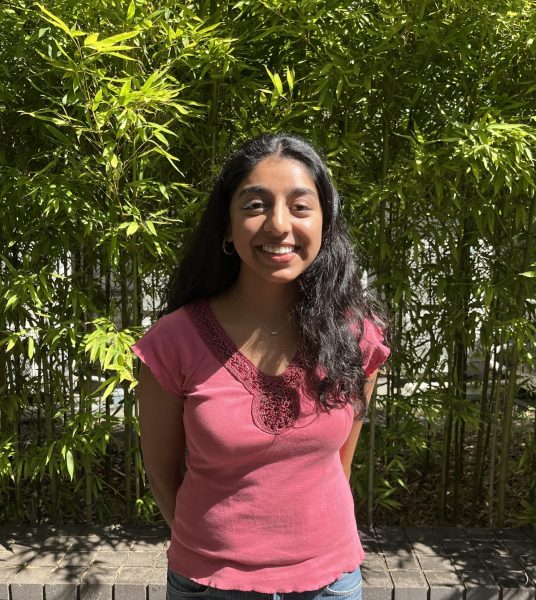Of the thousands of languages that exist worldwide, ASIJ students are given a choice of three to pursue throughout their high school years: Japanese, Mandarin Chinese, and Spanish.
Looking at the options, it is evident why Japanese would be offered at ASIJ as it is a school located in Tokyo, and, according to this year’s Learning Framework, around 52% of the 2023 senior class were Japanese nationals.
The reasons why Mandarin Chinese is offered are also fairly obvious as, according to Berlitz, Mandarin is currently the second most commonly spoken language worldwide. Additionally, the proximity of China to Japan could be another factor for why it is taught, as students living in Japan are likely to encounter Chinese at some point in their lives. Spanish seems to be the odd one out, so why is it part of the select set of languages offered?
According to the New York Times, Spanish was derived from Latin in the 12th century in Castile, Spain, where it was known as Castellano. From there, Spanish colonizers brought the language to the Americas, where it grew in prominence, eventually overtaking the native languages of the indigenous South Americans. Due mainly to the many Spanish colonies that existed and the migrations of Spanish-speaking populations, Spanish has now reached five continents and has become the fourth most spoken language globally.
Spanish’s global status may already be reason enough for its inclusion in the ASIJ curriculum, but Ms. Jiménez, an ASIJ high school Spanish teacher, details another viewpoint. For her, languages are the prime way in which people and communities are connected, and even though the spread of Spanish started mainly through immigration, now “Hispanics and their contributions to communities are starting to be more obvious and shared,” including media and sports such as soccer, music, and art.
Furthermore, Ms. Jiménez connects the global use of Spanish to language in South America, saying that despite “all [of] the different types of Spanish with accents and variety of lengths of language, in the end, it’s one language that connects us.” She sees Spanish as more than a tick on a report card or a way to get around in different countries, but rather as a common ground that can link people to each other across all borders.
Even though the Spanish learned by high school students in Tokyo will inevitably be different from the Spanish spoken in the Philippines, Costa Rica, or Equatorial Guinea, the connections between Spanish-speaking people surpass pronunciation, colloquialisms, and culture, and are rooted more strongly in a sense of community and shared communication.


